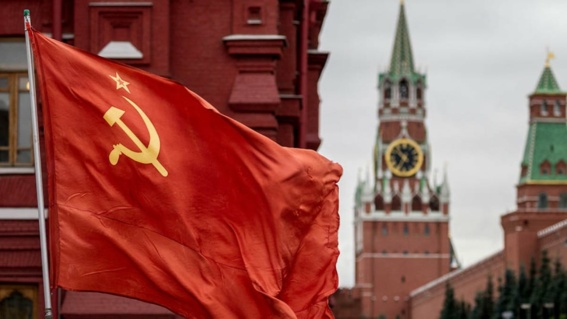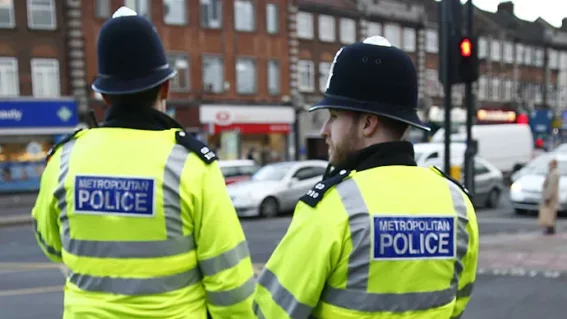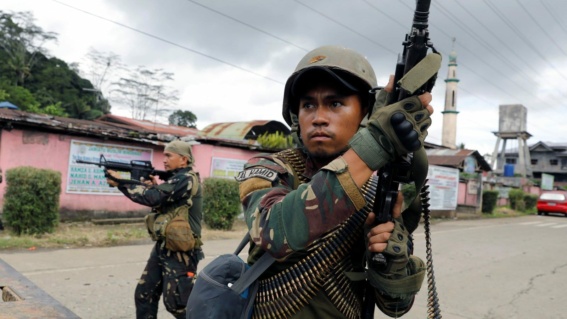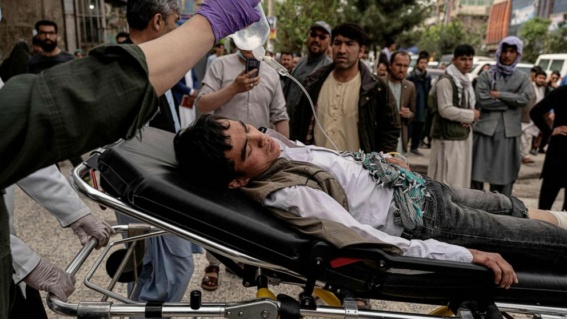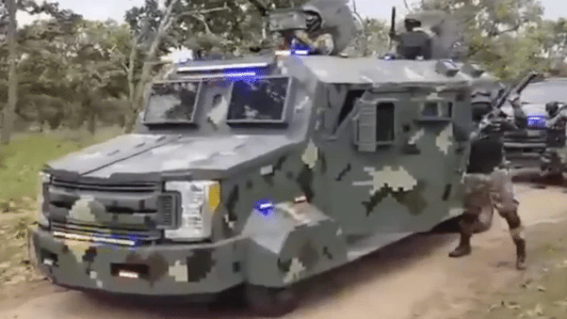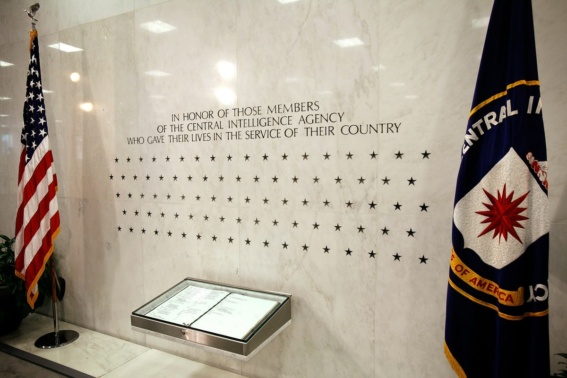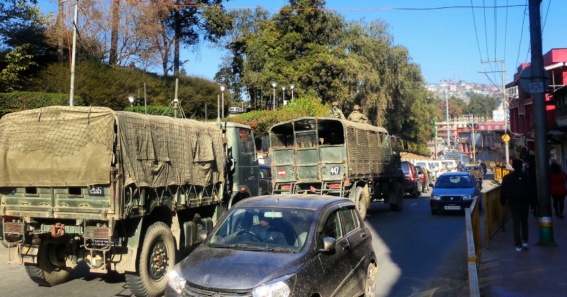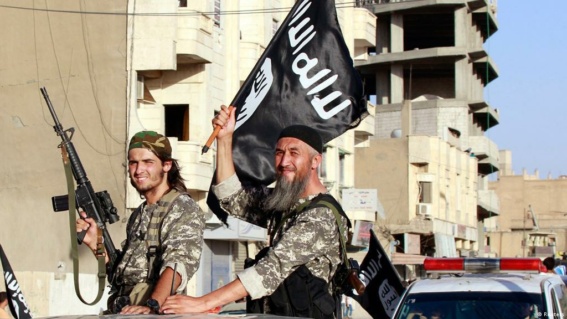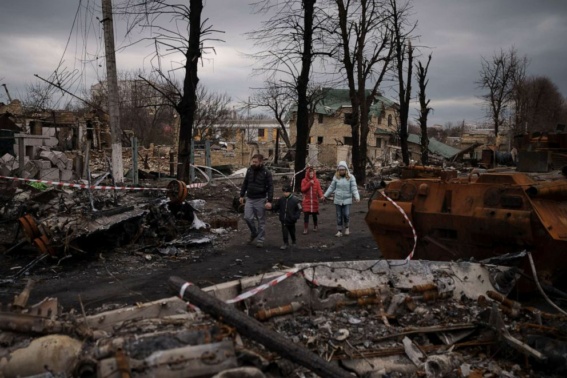A new report published last month by the U.S. Secret Service’s National Threat Assessment Center has detailed the growing terrorism threat from men who identify as “involuntary celibates” or “incels.” The report documents a growing trend in domestic terrorism involving the increasing threat of lone actors motivated by diverse amalgamations of extremist ideology.
Incel ideology is among these new forms of obscure extremist belief disrupting the traditional counter-terrorism typologies and frameworks operationalized by law enforcement and intelligence agencies.
What is an “Incel”?
According to the report, “the term ‘incel’ is often used to describe men who feel unable to obtain romantic or sexual relationships with woman, to which they feel entitled.” The label is particularly prominent in the “manosphere,” an online subculture encompassing various blogs, forums, and websites dedicated to men’s issues. The manosphere is home to various groups and ideologies: pick-up artists advancing various courtship strategies, men’s-right activists arguing for greater gender equality in family court settlements, and the Men Going Their Own Way movement that advocates for men to disassociate themselves from women.
“Although these groups are known to promote male-dominant views,” says the report, “some members express extreme ideologies involving anti-woman hate, sexual objectification of women, and calls for violence targeting women.”
According to Florence Keen, a researcher at King College London’s International Centre for the Study of Radicalisation, one of the largest online incel forums has 13,000 active members and roughly 200,000 threads. “The caveat I would always give is that we can’t say that the whole of the incel subculture is violence,” says Keen. “It really varies. Some will glorify violence while others will say ‘this is not what we are’”.
The term “involuntary celibacy” was coined in 1997 by a young female undergraduate at Canada’s Carleton University. It was used to entitle an online peer support forum for individuals struggling to find a sexual partner. Indeed, according to the Secret Service report, the forum was originally intended as a “non judgmental way for lonely people to identify as a group.”
The term grew in popularity and began to accompany a range of different forums. Over time, these forums bifurcated into two primary forms: one that provided a supportive and rehabilitative environment for romantically-alienated individuals, while another became increasingly militant and misogynistic.
According to researchers from the Council on Foreign Relations and Georgetown University, “as new incel forums proliferated on sites such as 4chan and Reddit, they also became more extreme: either ending or drowning out many of the previous discussions and debates about inceldom. A militant incel identity now began to coalesce with a demonstrably harder edge than before. The difference between the new lamentations and prior ones was the belief that those embracing the label ‘incel’ must act to take control of their lives and exact revenge for the dismissive and derogatory way they were treated.”
“The Black Pill”
According to the researchers, among the core beliefs of incel ideology is an understanding of society as a biologically stratified hierarchy wherein an individual’s place is determined primarily by physical characteristics.
According to this worldview, the top of this hierarchy includes idealized men and women, otherwise known as “Chads” and “Staceys”, the middle of this hierarchy includes so-called “normies”, and the bottom of this hierarchy includes the lowborn incels.
Incels believe that women are inherently shallow and make dating judgements based on superficial criteria largely involving physical appearance, such as height, weight, and race. Thus, according to incel ideology, men who do not conform to these physical ideals are cast aside in preference for men with the “right” features, regardless of personal integrity or character. Therefore, incels believe that a small number of “Chads” capture the majority of female attention, leaving incels sexually alienated and deprived of romantic interest.
Further, according to the researchers, incels distinguish themselves from Chads and normies “not just by their supposedly inferior physical appearance, but by their belief that they have gained privileged insights that normies do not see: that most women are attracted only to Chads, and that if one did not ‘win’ the genetic lottery, they are destined for mediocrity, social isolation, and abject loneliness.”
Incels perceive their isolation and sexual alienation as an inevitability of human mating patterns. They call this realization taking the “black pill”, a metaphor derived from the blue/red pill dichotomy of The Matrix, a science fiction film series in which individuals who take the blue pill choose to inhabit a world of illusion while those who take the red pill experience an awakening to the true nature of the world.
Within the manosphere, taking the “red pill” means awakening to the real nature of female mating preferences. According to the researchers, “it empowers those who take it to fully recognize the inherently shallow nature of woman, but also to understand better how men can manipulate and exploit these supposed female characteristics.”
The “black pill”, on the other hand, is totally nihilistic. “Taking [the black pill] means accepting a harsher reality than the red pill reveals,” say the researchers, “a reality where women and society are intrinsically biased against men who lack specific physical attributes, who therefore have no hope of ever being attractive to women or even accepted by society.”
Black pill ideology induces a powerful sense of permanent isolation and sexual marginalization for its adherents, a feeling of complete and inescapable romantic alienation rooted in female mating preferences. For incels, “it is women, then, who are responsible for their isolation and rejection,” say the researchers. “Women are therefore the primary targets of incels anger and violence.”
Online surveys of incels provide insight into the psychological core of this community. According to an October 2019 survey, 100% of respondents were male, 95% stated a belief in the “black pill”, and 85.5% were under the age of 30. While white males (56%) represented the largest ethnic subgroup, the user base included a diverse range of ethnic and racial backgrounds.
Over three quarters (77.5%) of incels have never experienced a sexual encounter, and 85% have never had a sexual relationship. An important psychological characteristic of the online incel community is the high prevalence of mental health issues: 24.6% report symptoms of autism, 27.9% report symptoms of post-traumatic stress disorder, 47.8% report suicidal ideation, 59.6% report symptoms of anxiety, and 64.3% report symptoms of depression.
Is Incel Ideology Inherently Violent?
A recent report from the U.S. Secret Service details the rising threat from men who identify as incels. Indeed, the report states, “hatred of women, and the gender-based violence that is associated with it, requires increasing attention from everyone with a role in public safety.”
Indeed, over recent years, there have been a series of violent incel-related attacks. For example, the report describes a 2014 stabbing and killing spree that occurred near the University of California campus. The perpetrator, a 22-year-old, self-identified incel, killed six people, including three women who were shot outside a sorority house.
According to the report, “the attacker viewed these women as symbols of the type of women he was unable to attract.” Indeed, in a video posted to social media hours before the attack, he “recorded details of his hatred for women, his contempt for interracial couples, and his plans for retribution.”
Another incident involved a shooting that occurred in Plymouth, United Kingdom, in August 2021. The perpetrator, a 22-year-old male, shot and killed five people. The killer had uploaded videos to YouTube which included references to “inceldom” and the black pill worldview. He expressed misogynist and homophobic views and broadcast his hostility and contempt across online forums.
The killer’s mother, who was among his victims, had reportedly began to argue with her son over his views on women in the months before the attack. According to a neighbor, “[they] used to be close … but then his views changed and he went against women and he became a misogynist. They clashed a lot about that.”
However, the extent to which these attackers represent the broader incel community is far from clear. Indeed, the incel community is characterized by considerably broader ideological diversity than is usually portrayed in popular media. For example, studies suggest that the most hateful content is posted by a small minority of users. One investigation revealed that the strongest vitriol came from just 10% of the user base, suggesting the presence of different subgroups within the incel community, including a small, yet very active, element characterized by a pronounced sense of bitterness and anger.
Further, research indicates that incels describe various reasons for their participation in online forums. 74.6% reported that their participation made them “feel understood,” 69.9% said that it gave them “a sense of belonging,” 58.1% described how it made them “feel less lonely.”
Indeed, there is dissensus among security experts as to whether incel-related violence should be classified as a domestic terrorism threat. For example, speaking at the Global Counter Terror Summit in 2021, Assistant Chief Constable Tim Jaques, the U.K.’s deputy senior national coordinator for counter-terrorism policing stated that the Plymouth shooting earlier that year was not a terrorist attack.
“Incel in and of itself is not a terrorist ideology,” said Mr. Jaques. “The attack in Plymouth wasn’t driven by an ideology, albeit that individual was engaged in some kind of incel thinking. That doesn’t make him a terrorist … Ultimately the investigation found it was not anything to do with ideology, it’s not planned, it’s not done with forethought.”
Moreover, misogynistic violence is certainly not a new phenomenon. In 1989, a 25-year-old male orchestrated the École Polytechnique massacre, also known as the Montreal massacre, an anti-feminist mass shooting at an engineering school that left fourteen women murdered. In a suicide letter found in his pocket after the attack, the killer attacked feminism and raged against social changes that “retain the advantages of being women … while trying to grab those of the men.”
However, incel ideology is increasingly identified as an expanding national security concern among security officials and the intelligence community. An annual report published in 2020 by the Canadian Security Intelligence Service, one of Canada’s foremost counter-terrorism agencies, drew attention to “gender-driven violence” as a developing trend in violent extremism.
Further, a January 2020 review from the Texas Department of Public Safety stated: “Once viewed as a criminal threat by many law enforcement agencies, Incels are now seen as a growing domestic terrorism concern due to the ideological nature of recent Incel attacks internationally, nationwide, and in Texas … The violence demonstrated by Incels in the past decade, coupled with extremely violent online rhetoric, suggests this particular trend could soon match, or potentially eclipse, the level of lethalness demonstrated by other domestic terrorism types.”
Indeed, according to Zack Beachamp, a senior correspondent at Vox who specializes in ideology and identity, “only a tiny percentage of incels seem willing to turn to violence or terrorism, and the movement isn’t a threat on the level of an al-Qaeda or ISIS. But it’s a new kind of danger, a testament to the power of online communities to radicalize frustrated young men based on their most personal and painful grievances.”
Countering Incel Ideology and Violence
Current counter-terrorism frameworks are ill-adapted to the non-traditional threats emerging across the domestic security landscape, including incel extremism. These models, developed during the War on Terror, were built to combat the strong hierarchical command structures typical of global terrorist organizations.
“This model is outdated to represent the contemporary threat landscape”, says Eviane Leidig, a research fellow at the International Centre for Counter-Terrorism’s Current and Emerging Threats programme.
Counter-terrorism efforts to combat violent incel extremism, and indeed other forms of militant ideology, should form part of a broader, more comprehensive, domestic strategy that can effectively identify and intercept the early phases of radicalization.
Community initiatives should be central to this strategy. According to researchers, “the incel movement is particularly dangerous because of its accessibility: incel radicalization takes genuine pain and searing loneliness and converts it into hatred, anger, and violence.” Thus, intervention strategies should target the early stages of suffering and isolation.
Indeed, according to Moonshot CVE, a countering violent extremism enterprise, “the incel ecosystem thrives – even depends – on the social isolation of its online spaces. It is therefore critical, both for its members and for public safety, that we work together to bridge the online-offline gap by getting incels the help and support they so desperately and self-evidently need.”
Fundamentally, there is nothing criminal about the formation of online support groups for individuals struggling to find romance. The danger emerges when these groups become host to violent, hate-fueled vitriol directed at women. Thus, according to researchers, the most effective way to prevent incel terrorism is “to undermine incel ideology in the first place through rehabilitation and insulation from new extremist blandishment.” Indeed, governments and the private sector must work together to address the spread of violent rhetoric online while also protecting free speech laws.
Perhaps most importantly, mental health resources for young men must be strengthened and expanded. Mental illnesses such as depression and anxiety are a prominent feature of online incel communities. Indeed, almost all incel-related attacks have been a successful or attempted murder-suicide. According to researchers, “arguably, the most effective way to prevent an incel from [perpetrating a violent attack] is by proactively addressing his suicidal impulses.”
These counter-terrorism recommendations apply not just to efforts directed at the extreme fringes of the incel community, but also their counterparts in far-right or Islamist circles. Indeed, all of these fringes recruit and mobilize support online, exploit personal vulnerabilities as part of their radicalization efforts, and glorify perpetrators of lone actor terrorist attacks.
Community-based, early intervention strategies and accessible mental health services are vital components of an effective, domestic counter-terrorism effort. Governments, the private sector, and civil society must work together to support vulnerable individuals and communities, and to undermine the allure of extremist narratives that drive violent action.
Incel extremism represents just one part of an emerging domestic security threat driven by non-traditional, “salad-bar” ideologies that draw from multiple, sometimes contradictory, streams of violent thought. Countering this threat will require an evolution of domestic counter-terrorism strategies involving expanded mental health support and early intervention community-based initiatives.
Oliver Alexander Crisp, Counter-Terrorism Research Fellow

